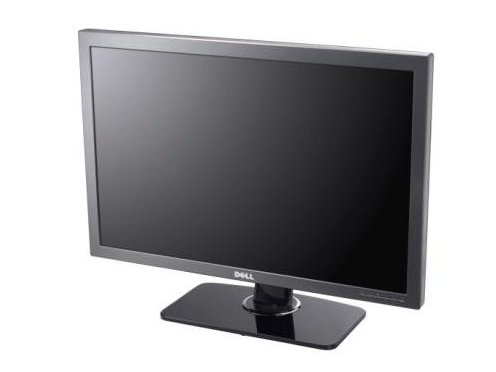All you need to know about DisplayPort

Buyers of Dell laptops and desktops this year will have been surprised to see the addition of a brand new interface connection to their PC's rear - a new-fangled connection called DisplayPort that looks a little like HDMI. So what does it do, and why do you need it? Read on to find out more...
1) It's futuristic
DisplayPort is a next-generation video display technology that aims to replace VGA, DVI and LVDS connections on the back of your PC. It was first mooted by Dell in 2003, but itnow has widespread industry support with 178 members (as of January 2008), including Intel, HP, Lenovo AMD and VESA (Video Electronics Standards Association). Even Apple's said to be mulling over its inclusion for its next generation of Cinema Displays.
2) It's flexible
DisplayPort has been designed from the get-go as a single digital cable connection from PC to display, eliminating the need for separate audio and video connections. It also enables longer cable runs (up to 15m – perfect for business types who want to hook a laptop up to a projector), and it's small – about the same size as a USB connector. Future versions of the standard will enable multiple monitors to be daisy-chained together using a single DisplayPort connection.
3) It's powerful
DisplayPort supports video resolutions of up to 2,560 by 1,600 pixels, with data transmission speeds of up to 10.8Gbps. That makes it significantly more powerful than DVI, which can only muster 3.96Gbits in Single Link mode; or 7.92Gbps in Dual Link mode. DisplayPort also improves over DVI by having a greater colour depth and higher refresh rates – perfect then for playing games or watching movies in all their high def glory.
4) It's 'better' than HDMI
HDMI may be making all the running when it comes to enjoying high def content at home, but it's really been optimised for consumer electronics devices like TVs and games consoles, not PCs. Bruce Montag of Dell argues on his blog that DisplayPort works better with modern flat-panel monitors and PC chipsets, because it doesn't support legacy CRT raster-scan technology like HDMI does, and uses micro-packet data transmission technology that makes it easier to connect multiple displays. DisplayPort is also a licence-free, royalty-free protocol, that promises to be much cheaper to implement than the HDMI alternative.
5) It's compatible with HDMI
Even though HDMI and DisplayPort use complete different display technologies, DisplayPort does offer pass-through support for HDMI signals. That will enable you to hook up an entertainment PC with an HDMI connection up to a DisplayPort toting monitor, for example. However since DisplayPort is meant to complement not replace HDMI technology, you'll probably see both connections on home PCs and displays, giving you the convenience of both.
6) It's already available
Dell already has three widescreen monitors with DisplayPort connections – the 30-inch 3008WFP, 27-inch 2709W and 24-inch 2408WFP, while Lenovo's ThinkPad T and W series laptops also include DisplayPort connectors. ATI also offers a number of Radeon 3000 series graphics cards that include the technology, along with FireGL and FirePro graphics accelerators.
Sign up for breaking news, reviews, opinion, top tech deals, and more.
7) It supports DRM
Arguably the biggest blot on the DisplayPort landscape. The standard supports 40-bit HDCP (High-bandwidth Digital Content Protection), and adds optional 128-bit AES DPCP (DisplayPort Content Protection). You'll need HDCP, of course, to play back Blu-ray movies at 1,920 x 1,080 line resolution on your PC.